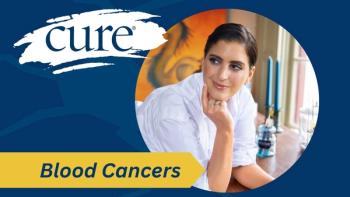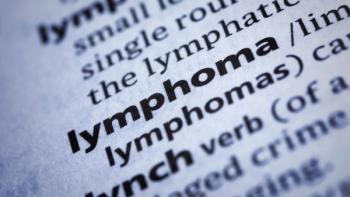In continuation of the genome blog from yesterday, a paper presented Monday afternoon that showed the benefits and realistic expectations of whole genome sequencing initiated a lively discussion from four experts in the field. The paper, "The Predictive Capacity of Personal Genome Sequencing," looked at more than 53,000 sets of identical twins and sequenced their whole genome to look for genetic variations and compared the information with health conditions and diseases they did and did not develop over time. Bert Vogelstein, MD, co-author of the paper and co-director of the Ludwig Center for Cancer Biology at Research at Johns Hopkins in Baltimore, likened the genomic explosion to a revolution, and "you can't always predict the final outcomes of revolutions," he says. The ethical implications of what to do with the information for individual patients, the cost-benefit of whole genome sequencing and what will come in the future were some of discussions that were bounced around.Vogelstein noted that we have about 4.5 million genetic variants that distinguish us from one to another, but the functional significances are unknown and the interactions between variants are astronomical. Taking all that into account to determine how your genome can affect your health can be mind-boggling, indeed. One of the challenges was to define "useful." If a genomic variant increases the risk of a health condition, such as cancer, by 5 percent more than the risk found in the general population, it may not mean much, but over 10 percent may be important, especially if there are lifestyle modifications or chemoprevention strategies that would lower that risk. Another factor is if a person finds they do not have a higher risk, of say, colon cancer, what does that mean to the individual? Because a person does not have a high risk of colon cancer (a negative result) doesn't necessarily mean they're out of the woods. The person may still develop cancer because cancer results from a mixture of genetic and non-genetic factors, including environment and random, unpredictable changes in genetic makeup. "Even though we all suspect that there are some things that are truly genetic, when it comes to cancer, it's genes, the environment and also bad luck," said Thomas Sellers, PhD, of the H. Lee Moffitt Cancer Center & Research Institute in Tampa. Whole genome sequencing analysis of risk doesn't take into account all those environmental factors that may cause cancer, including tobacco use, obesity, viruses and pollution.But one benefit of whole genome sequencing will be to identify people who have a higher risk of cancer than the general population, especially someone who has a family history of the disease. If someone has a risk of colorectal cancer, frequent and earlier screening may play a much more important role than for someone who has normal risk. However, if a person finds they do not carry a higher risk of melanoma, they could still develop skin cancer if they have excessive sun and tanning bed exposure. "It's not about your genes there," said Sellers.That's why genetic counseling and interpretation of these results by a professional is so important, the panel stressed. If patients are given the data with no context, they may interpret the findings differently, including underestimating the implication of a negative result, overestimating a slight risk or considering the psychosocial and emotional effects of a high risk and interventional strategies to lower that risk. Individuals who have a family history of cancer or have cancer themselves are the most likely to benefit from whole genome sequencing (at least from a cancer perspective). In terms of a change in technology, cost is coming down. Sellers said that although it is expensive and time consuming to sequence a whole genome, it will get to the point where it is cost effective and expected, especially when trying to determine cancer risk or in making treatment decisions. "We're not there yet, but genetic tests to look at one panel can be $1,000 or $2,000 or $4,000; but we're approaching a time when we can have the entire genome sequenced for $1,000, and every time you need one of those genetic tests, you can just look at the data on the computer."





